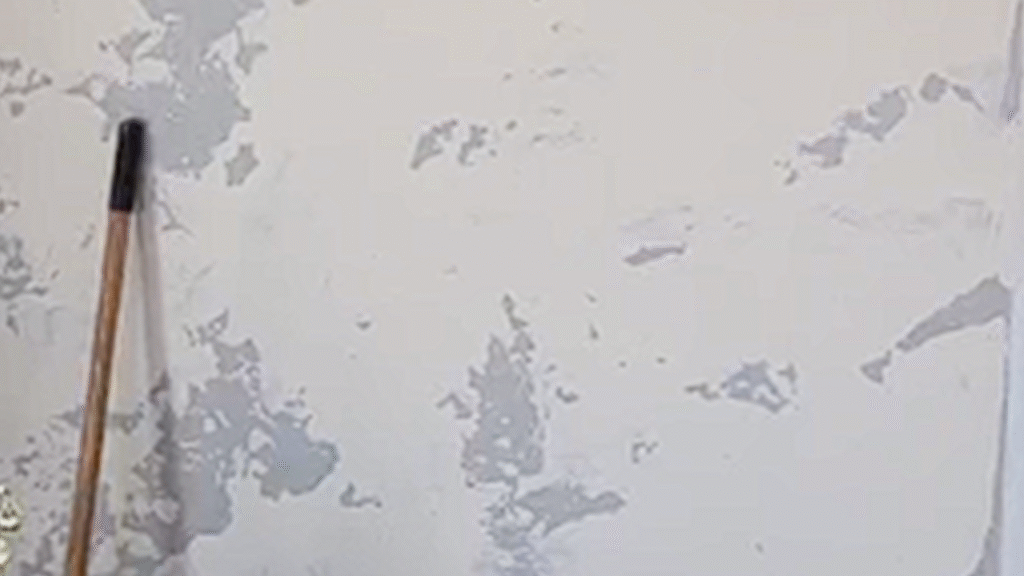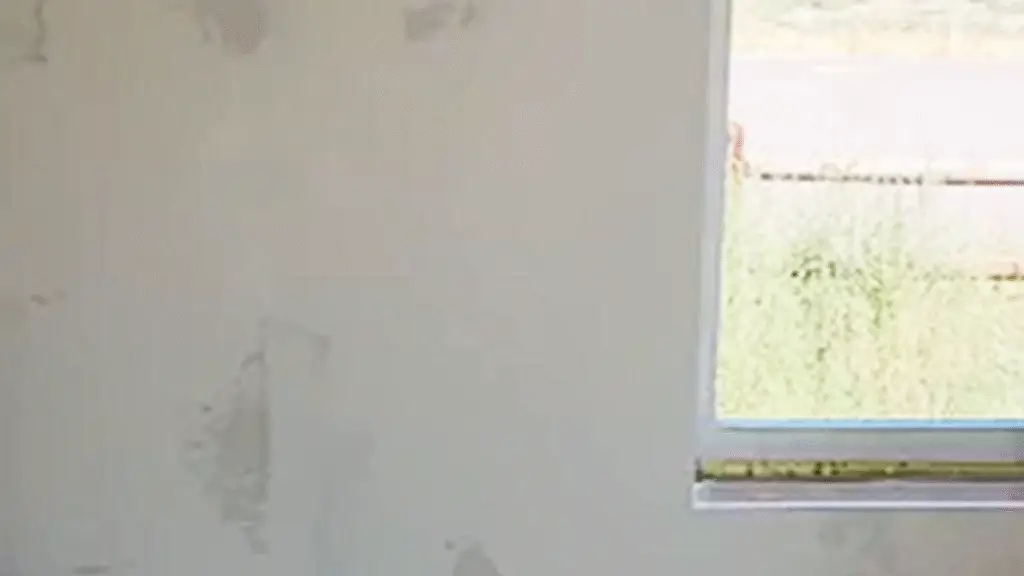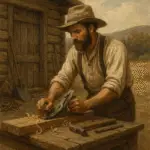Transforming a Historic Home: The Beauty of Drywall and Texture
Renovating an older home is always a journey — especially when it carries the memories of generations before. In this update, we take a look at the incredible progress made after installing drywall and texturing throughout the home. What was once a bare-bones frame is now beginning to look like a finished, livable space — while still honoring the history and personal meaning embedded in its walls.
TL;DR
-
The home now has drywall and texture, marking a major milestone in renovation progress.
-
Insulation is complete, creating better temperature control and soundproofing.
-
One room keeps the original plaster to preserve family history and honor a great-grandparent.
-
With drywall finished and priming next, the home’s transformation is truly taking shape.
-
The next steps include painting and installing kitchen cabinets.

The Power of Drywall in a Home Renovation
Few moments in a home renovation are as satisfying as when the drywall goes up. It’s the stage where the structure transitions from a construction site to a real living space. The homeowner in this video explains that the drywall is fully installed, insulated behind the walls, and beautifully textured — giving the home that smooth, finished look that signals major progress.
Drywall isn’t just cosmetic. It adds insulation value, soundproofing, and fire resistance, all of which contribute to a comfortable and safe home environment. Proper installation and sealing help prevent drafts and improve indoor air quality — a detail especially important for anyone sensitive to dust, allergens, or humidity.
Keeping the Past Alive: A Tribute Wall
One particularly meaningful detail in this renovation is the decision to preserve a plaster wall in one room — the very room where the homeowner’s great-grandfather passed away. Rather than covering the wall with new drywall, it’s been textured and preserved as a way to keep a tangible piece of family history alive.
This thoughtful approach shows how home renovation isn’t just about modernization — it’s also about memory, respect, and storytelling. Blending old plaster with new drywall creates a beautiful harmony between past and present. It’s a reminder that homes aren’t just physical spaces; they’re emotional ones, too.

Preparing for the Next Stage: Priming and Painting
With drywall textured and complete, the next task is priming the walls — a key step before painting. Priming seals the surface, helps paint adhere evenly, and prevents stains or uneven tones from showing through. It also creates a clean, uniform finish that enhances both light reflection and the visual warmth of the room.
Once primed, the homeowner plans to move on to painting and installing the new kitchen cabinets, signaling the final stages of the renovation’s interior work.
For anyone tackling a similar project, make sure to:
-
Allow the drywall compound to fully dry before priming.
-
Use a low-VOC primer and paint for better indoor air quality.
-
Sand lightly between coats for the smoothest finish.
If you want to maintain healthy indoor air during renovation, consider adding an air purification system like the Reme Halo air purifier. It actively reduces airborne particles, odors, and microbial contaminants — ideal for dusty renovation periods.
Key Takeaway
Installing drywall is more than a technical step — it’s a transformational moment in home renovation. It changes not only the appearance but also the feeling of the space, making it livable, insulated, and ready for personal touches. And when you preserve parts of a home’s history, you create a living space that honors the past while embracing the future.
References

